America can prevent (and control) Type 2 diabetes. So why aren’t we doing it?
Editor's note: Part one of a five-part USA TODAY series revealing why America hasn't solved its long struggle with Type 2 diabetes.
For chef Robin Ray, newly married with young stepchildren, the turning point came when a stabbing chest pain sent her rushing to the emergency room.
For Brian Castrucci, the gravity hit when the ER doc who had treated him for a near-heart attack a few weeks earlier gave him a big bear hug. “I didn’t think you’d make it,” the doctor said.
The crisis unspooled more slowly for James Haynes but started in 2019 when he stepped on a rusty nail and didn’t notice.
The moments were turning points for all three to get serious about addressing their diabetes.
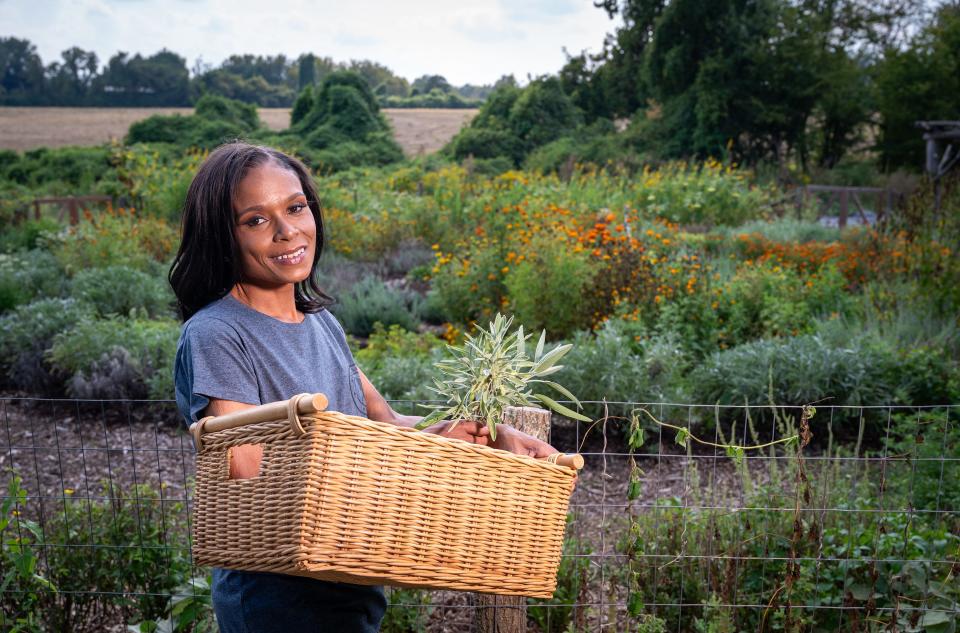
Type 2 diabetes, in which the body can’t properly regulate blood sugar, has become so common it’s almost considered inconsequential. More than 1 in 10 Americans have the disease (though many don't know) and another nearly 4 in 10 are at risk for it. In total, half of all adults and a quarter of teenagers have diabetes or pre-diabetes.
Its financial costs are astronomical. The country spends more than $300 billion a year to address diabetes, accounting for $1 out of every $4 spent on health care.
And its personal tolls are even worse: heart attacks, amputations, blindness, kidney disease, double the risk of premature death. It also causes what’s known as “diabetes distress,” the daily burdens and emotional toll of living with and managing a chronic ailment that can lead to regular dips in energy, foggy thinking and depression, and a sense of isolation.
The most frustrating aspect of Type 2 diabetes, experts say, is that it has long been largely preventable and controllable.
“We have made tremendous gains in understanding diabetes,” said Dr. Donald Berwick, a pediatrician and former administrator of the Centers for Medicare & Medicaid Services. “The best diabetes care can make a very big difference. You can’t say we don’t know what to do.”
The Diabetes Dilemma
Type 2 diabetes rates continue to climb, despite well-known treatments and prevention approaches. To better understand why, USA TODAY's health team traveled across the country, talking to researchers, clinicians and patients. They found people with diabetes often must fend for themselves against systemic barriers and a difficult disease.
And yet, diagnosed rates of Type 2 diabetes have soared over the past 25 years, and especially over the past dozen – particularly among working-age adults like Ray, Castrucci and Haynes.
Roughly 40% of people who died early in the coronavirus pandemic had Type 2 diabetes, a rate four times higher than people without the disease. Even when elevated blood sugar levels are below the threshold for type 2 diabetes, the risk for heart disease jumps 30% to 50% compared with people with normal blood sugar levels. (Type 1 diabetes, which accounts for 5% to 10% of diabetes, is caused by the immune system and is unrelated to diet or lifestyle.)
America’s failure to address Type 2 diabetes highlights larger problems with our food and medical systems, Berwick and other experts said.
A soda costs less than a bottle of water, a double cheeseburger and fries less than a carton of blueberries. Patients wait months for medical appointments only to see the back of a white coat for the short time they’re allotted. Treating disease costs society far more than preventing it but typically provides more profit for insurance companies, hospitals and the pharmaceutical industry.
The USA TODAY Health team spoke with scores of health care providers, researchers, community leaders and patients for this five-part series to understand why Type 2 diabetes continues to worsen in America despite known solutions.
The answer isn't simple. It involves systemic problems facing everyone in society, not just those with diabetes: a food system designed to sell products; a medical system in which cutting off a leg is less expensive than saving it; the high cost of healthy living and the fact that breaking habits takes a lot more than just personal willpower.
This first story looks at what it takes for people to cope with or overcome the disease.
Then, we explore one community in a David vs. Goliath battle against a food system that fails to prioritize people's health.
More in series: Diabetes runs deep in rural Mississippi. Locals have taken to growing their own solutions.
We next travel to Colorado, which has the lowest level of diabetes in the nation. Yet even in this state, where hiking trails and gorgeous views abound, economic and other disparities make it easier for some people to avoid diabetes than others.
More in series: A diabetes disparity: Why Colorado's healthy lifestyle brand isn't shared by all
It's tough to manage a chronic illness in the face of high medical costs, scattered care and caregiver frustration and burnout, so we highlight that next.
More in series: The steep cost of Type 2: When diabetes dragged her down, she chose to fight
Finally, we explore solutions, addressing why it will take a combination of education, medication, medical devices and improved food access to solve this national problem.
More in series: Solutions exist to end the Type 2 diabetes dilemma but too few get the help they need
The system is fixable, said Dr. Dariush Mozaffarian, a cardiologist and professor at the Tufts University School of Medicine in Boston.
But it will take "sensible action" from across many sectors, including health care, science, nutrition, business, public health and politics to change the financial and other incentives that drive so many Americans toward sickness instead of health.
"If we do it all, we could fix a lot of this in 10 years," said Mozaffarian, who serves on the President’s Council on Sports, Fitness, and Nutrition. "If we do it incrementally or don't do it at all, we're all going to be toast in 50 years from diet-related illnesses and a depleted environment."
Personal and structural
There’s no question personal responsibility plays a role in fighting diabetes.
Haynes, Ray and Castrucci radically changed their lifestyles and sought help after their come-to-Jesus experiences. They’ve reduced their dependence on daily medication and hope to have saved themselves the horrors of more amputations, blindness and dialysis. They’ve extended their lives and improved the quality of that time.
But like many medical problems, the challenges of diabetes go well beyond individual responsibility and blame.
“There are structural issues that we have to start paying attention to and addressing,” said Dr. Shivani Agarwal, an endocrinologist who specializes in research and treating young adults with diabetes at Montefiore Medical Center and Albert Einstein College of Medicine in New York. Agarwal recently led a series of studies in the journal The Lancet that looked at diabetes rates around the world.
Poverty, the studies showed, was a major driver of diabetes, along with racism and unequal access to healthy food and high-quality medical care.
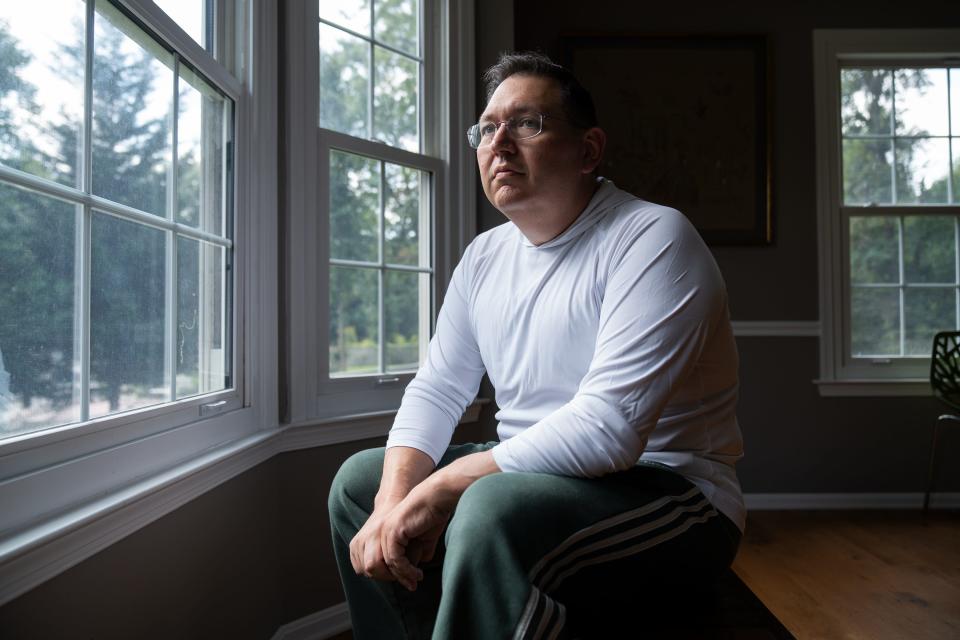
Personal stories illustrate how these structural issues play out in the lives of so many Americans.
Ray, 45, director of culinary operations at HOSCO/North Sarah Food Hub in St. Louis, got weight-loss surgery and then put her culinary expertise to good use.
Castrucci, 49, who runs a public health nonprofit outside Washington, D.C., used his advantages provided by his work, salary and insurance to “buy” himself better health.
“I’m healthy because of privilege – not diet, not exercise, not determination,” he said.
Haynes, 58, a former truck driver and maintenance technician in Gulfport, Mississippi, has fewer material assets, but his attitude and the advantages he does have explain why he's still around, despite all he has been through.
“It’s going to be all right after a while, as long as I keep this spirit,” he said.
Changing the recipe
Ray’s love for food began when she was 8 years old, watching Julia Child on TV. During family gatherings, she would run around taking everyone’s dinner order. Then she’d scurry back to the kitchen with a notepad full of scribbles.
Throughout her life, she made fried chicken, pork chops, baked mac and cheese, collard greens, and even a whole roasted chicken filled with wild rice and two sticks of butter – everything that made her soul sing.
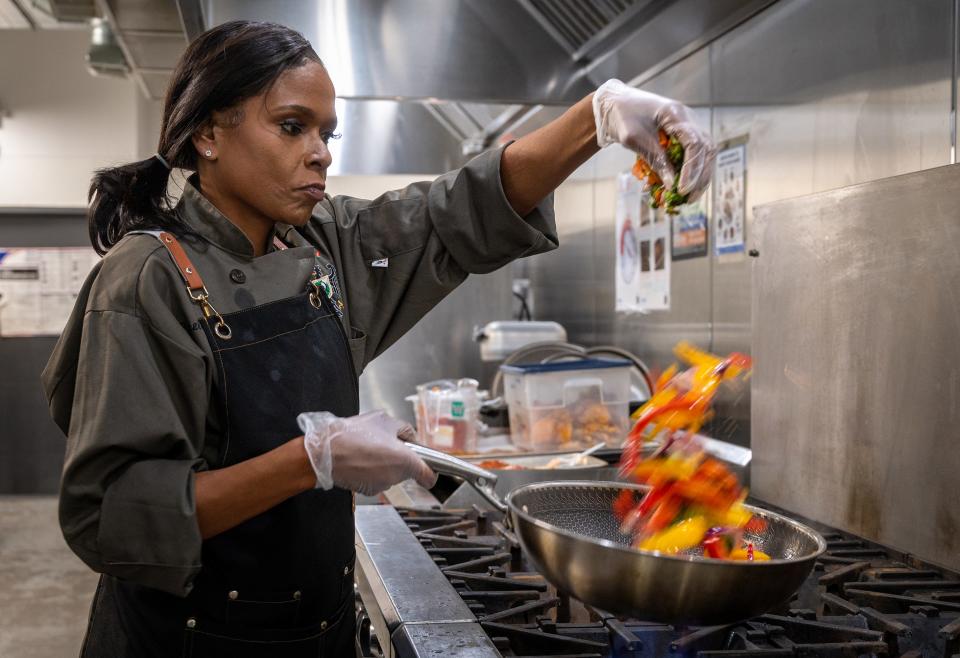
In her world, food was home. Food was family. Food was love.
But that was some pretty tough love.
In 2002, Ray was diagnosed with Type 2 diabetes. Her father, grandmother, aunts and uncles all had diabetes. She knew what it meant.
“For you to tell me I can’t have ice blue raspberry Kool-Aid was like you shut down my world,” Ray said. “I didn’t want to accept it. So, I ate, because you eat through your emotions.”
She didn't dwell on the diagnosis and continued with life. Her culinary career took her to Italy, where she learned and fell even more in love with food. She returned to St. Louis, got married and became a mom to her husband’s two children ‒ “beautiful bonus babies,” as she described them. Through the years, she continued to express love through cooking and eating.
In 2015, a stabbing chest pain sent her to the emergency room. Doctors assured Ray she hadn’t had a heart attack, but they warned that her life was on the line. At 5-foot-2, she weighed 334 pounds and had an A1C, a measure of average blood sugar of 11%, well above the 6.5% cutoff to be considered diabetic. Her diabetes – and her diet – were out of control.
“That scared me. … It was gut-wrenching and terrifying,” she said. “I’m fighting against something that’s fighting me back and I did not know how to win.”
She and her primary care doctor decided she would pursue weight loss surgery.
But she also decided to use her culinary prowess to transform her diet. She reconfigured favorite foods, substituting healthier ingredients: Collard greens cooked in smoked fats or ham hocks turned into a kale, turnip and rutabaga recipe flavored with natural chicken broth fat, oils and seasonings.
She fostered her feelings into new recipes and brought them to North Sarah Food Hub, which partnered with Barnes-Jewish Hospital to make packaged, pre-made meals for St. Louis residents with diabetes and limited access to fresh food.
“I had to restructure the food that I put in my mouth. I had to think about what I was eating and how I was eating and how it was going to be good for my body,” she said. “I became excited about food again, and food became a joy.”
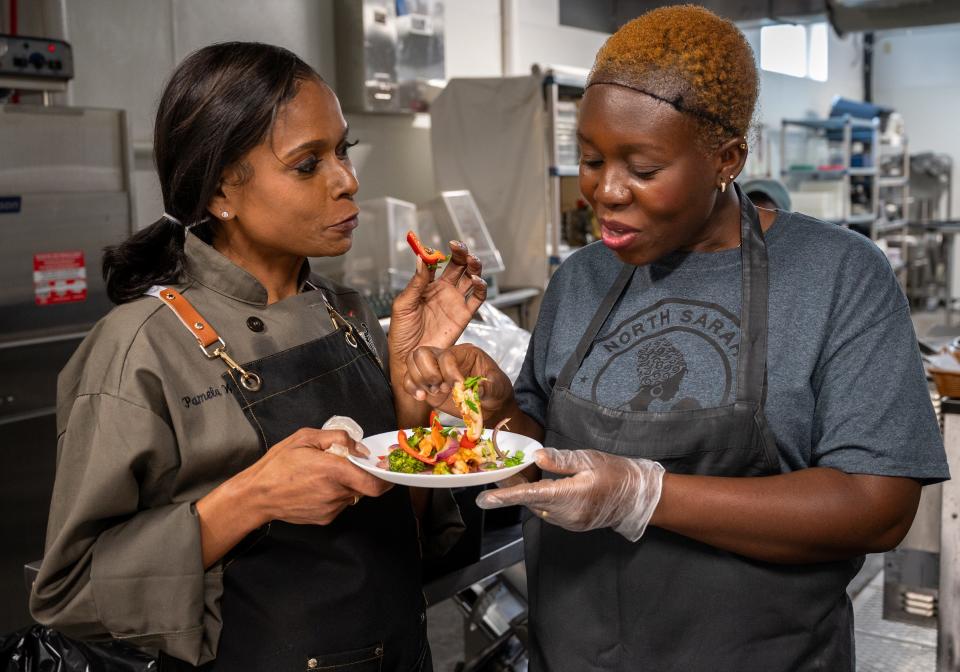
It isn’t always easy, of course. Ray admits to an occasional cookie craving. But now she takes the time to think about how her body processes that cookie and whether it’s worthwhile.
She hopes her cooking can help other people make the same transformation she did. Her staff at North Sarah helps her create new recipes for others. She wants to provide nourishment that allows people to avoid illness and medicine.
“Nobody wants to take 55 pills, nobody wants to feel like a patient, but how do you fix that? It’s by our food,” she said. “That should be what we’re teaching our community and our culture and our children. … It’s not always about the macaroni noodle with a smile, it’s about what’s good for your body.”
The price of good health
Castrucci is a third-generation diabetes patient. The lifetime risk of developing Type 2 diabetes if a parent has it is 40%. If both parents have it, the risk jumps to 70%.
He knew he was at risk, but he pushed his luck, he said, by eating poorly during the pandemic and falling out of his exercise routine. With the luxury of working from home, walking to the kitchen and bathroom was often the extent of his daily activity.
On Feb. 14, 2022 – Valentine’s Day – he went to an urgent care clinic, concerned his breathing trouble meant he had bronchitis. His blood pressure measured 210 over 110, well above normal levels that top out at 120 over 80. A chest X-ray showed fluid filling his lungs, leading to congestive heart failure.
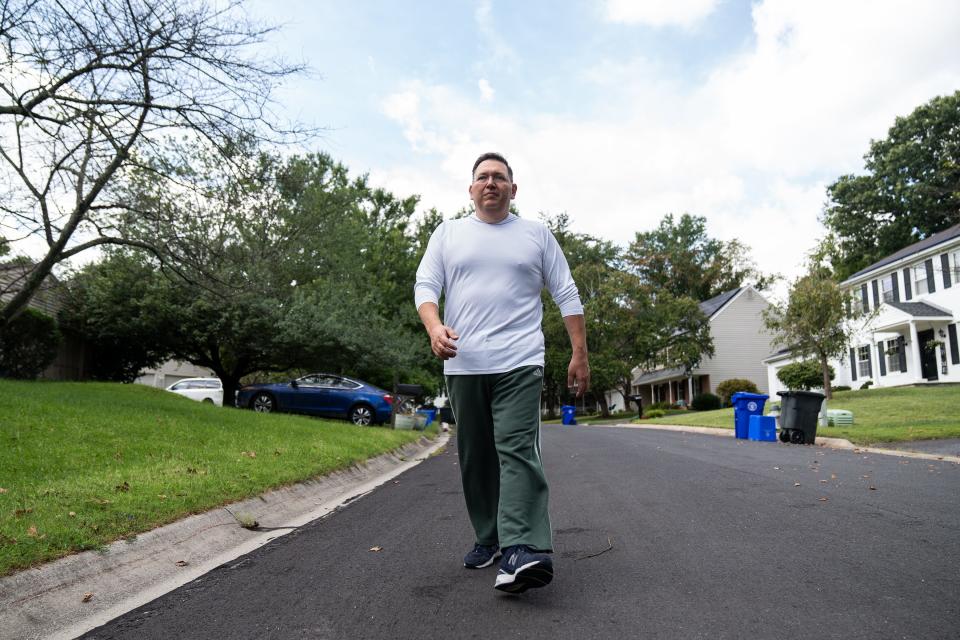
The clinic sent him straight to a local emergency room, where he was diagnosed with a blockage of the left descending artery – a clogged artery made worse by diabetes. If he had waited any longer, he would have had a massive heart attack, his doctor later told him.
After his release from the hospital, he went to the drugstore to fill his new prescriptions. The pharmacist told him she couldn’t fill one because it would cost $1,000. He’d have to wait until his insurance approved it. “Please fill it,” he said. She stressed the cost. “Fill it,” he pleaded, putting the charge on his credit card.
Medication helped him lose 70 pounds in three months. When his local drugstore ran out of the weight-loss drug, he easily drove to another pharmacy and then another to find what he needed.
His 100 hours of high-quality cardiac rehabilitation were fully covered by insurance.
"For my midlife crisis, I got healthy," Castrucci said.
He could devote all his energy to getting well because he didn’t have to focus on how to afford his care. “(I) paid almost nothing for the whole episode,” he said, “and never worried about it because I have really good insurance.”
Even so, Castrucci pays out-of-pocket for a cardiologist and an endocrinologist because the best ones near him don’t accept insurance.
Every time he goes to Walgreens to refill his medications, Castrucci said, he sees someone turned away because they can’t afford their prescriptions. When they finally show up in the emergency room, “because they will,” they will cost the system far more, he said.
“Health outcomes are dictated by economics. It’s a whole side of privilege that we don’t always talk about.”
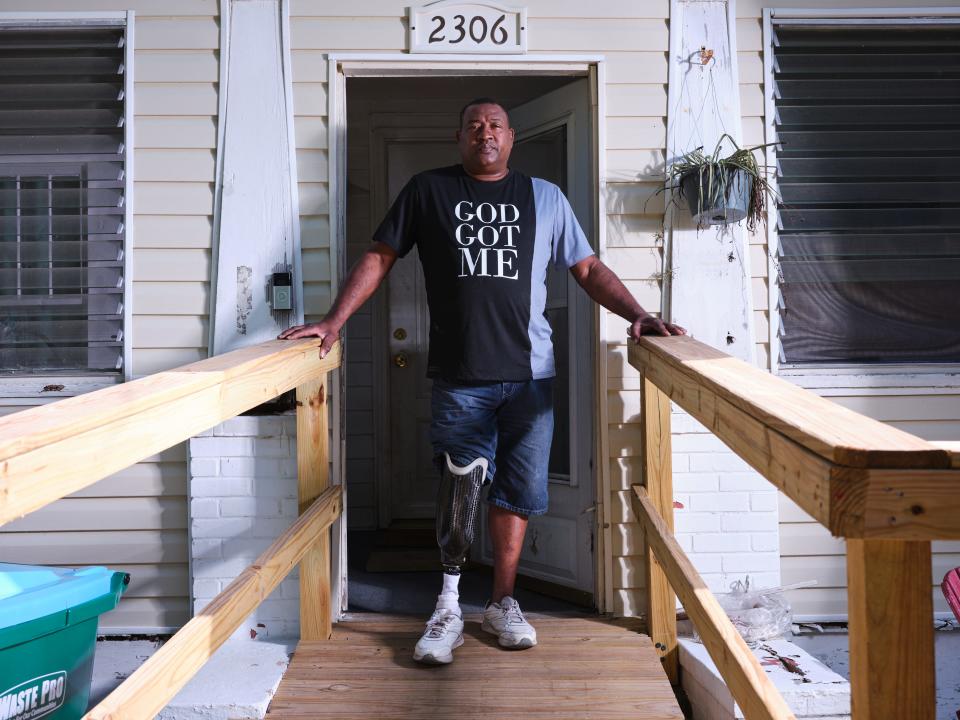
Struggling to heal
On the day Haynes stepped on a rusty nail in 2019, he walked all day as the nail pierced the sole of his sneaker and then his foot. By the time he took off his shoe that night, his foot was infected. He landed in the hospital for two months as doctors and nurses tried, mostly unsuccessfully, to get the infection and Haynes’ blood sugar under control.
By the time he was released, he knew enough about Type 2 diabetes to realize his daily blood sugar levels – typically in the mid-400s – were four times above what he had been told to shoot for.
But nothing he did or ate seemed to make a difference. He had long since traded ribs for salads, beer for water.
His wife, Angela, barely noticed when James started wearing multiple pairs of socks, pouring powder on his feet and buying bigger shoes. His feet tingled a lot, he said, but he was coping with it.
James ended up in the emergency room again, dehydrated and in need of antibiotics. The doctor amputated the baby toe on his right foot, leaving a large open wound.
"We're going to leave this open because we'll probably have to take more,” Angela remembered the doctor saying. “I didn't like that we're not going to try to save anything, we're just going to start cutting.”
James was fading.
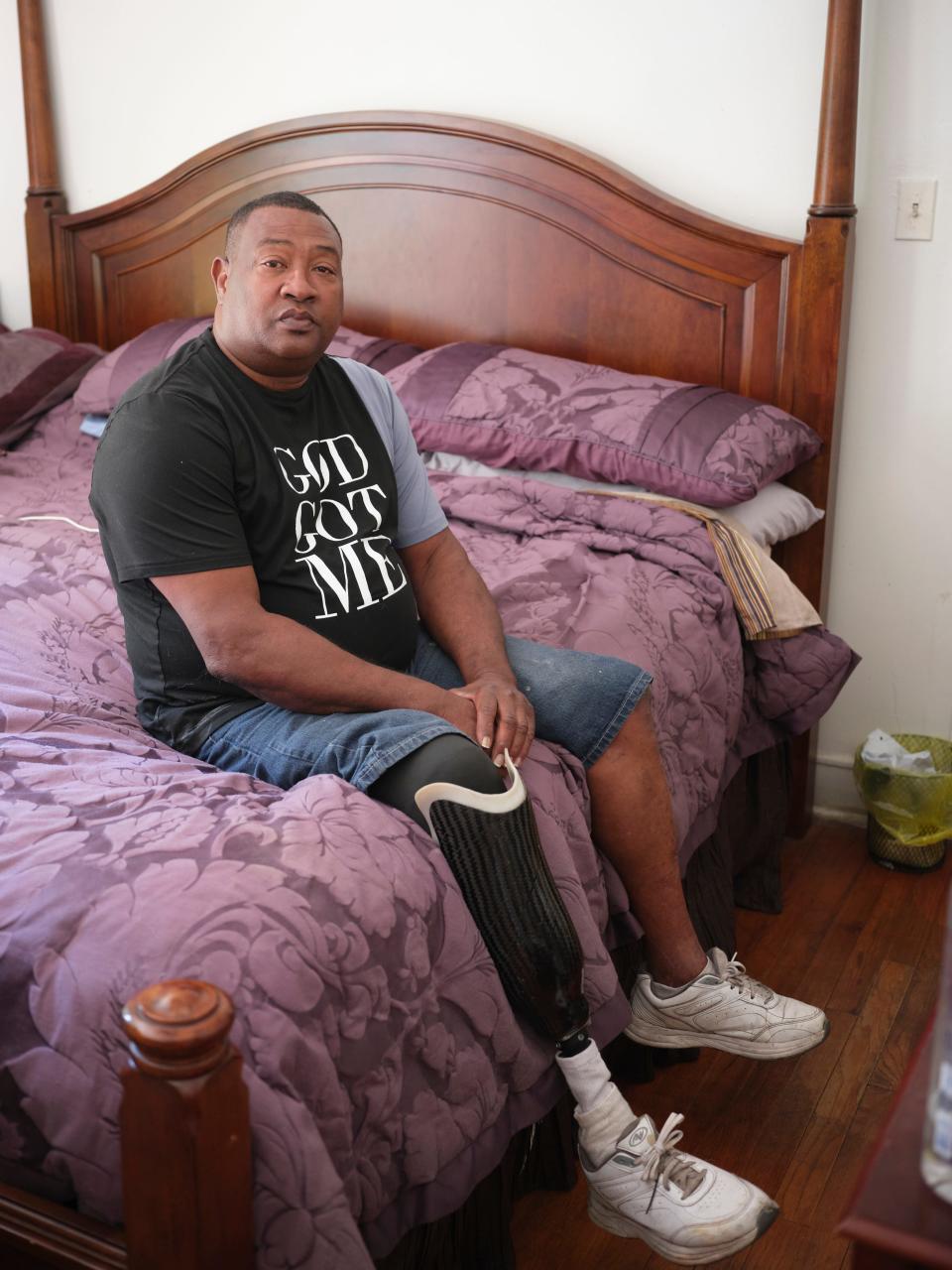
His arm muscles shriveled and he lost his Popeye physique. Antibiotics left him looking sickly, his voice so weak Angela could barely hear him. “I felt like I was watching my husband slowly dying,” she said.
Finally, taking her doctor sister’s advice, Angela emailed Dr. Foluso Fakorede’s office to ask for an appointment. She thought it would take months to get James in to see the heart disease specialist, but the office called and asked if they could come the next day.
The Hayneses would end up going back to see Fakorede many times − sometimes twice in one week, driving more than five hours each way from Gulfport north to Cleveland, Mississippi.
“We started looking forward to these visits because there was always hope,” Angela Haynes said, though she felt guilty they were taking up so much of the important doctor’s time.
Fakorede, who is on a personal mission to save people with diabetes from amputations, noticed what other doctors had missed. Haynes had blockages in blood vessels on both legs.
Once he got the blood flowing again, Haynes began to feel better. His flesh returned to its normal color. The wound started healing at last. Walking became easier.
Then disaster struck again.
On July 2, 2022, Haynes caught COVID-19. "Everything went downhill after that," he said.
During his 13-day illness, the bacteria in his foot raged out of control. He ended up back in the hospital and unable to withstand the long drive to Fakorede’s office.
Every week, a surgeon would come to the door of his hospital room and before even stepping all the way in ask Haynes whether he had decided to get his leg amputated.
"This is my leg. I was born with this. And you're walking in like you're cutting a piece of cake," Haynes said.
He was worried about how he’d get around, how he’d be able to work to support his family if he had only one leg. No one took the time to explain why they thought the leg needed to come off or how he’d cope without it, Haynes said.
In late November, he was finally sent home in a wheelchair. But just three weeks later, as he was getting out of the car after wound care, his right leg gave out and he fell to the ground. Back at the hospital, Haynes was told his foot was broken, essentially beyond repair. He agreed to a below-the-knee amputation.
Released right before Christmas, he spent the next three weeks in bed wondering how he’d manage the rest of his life.
Finally, it looked as if his luck might be turning around.
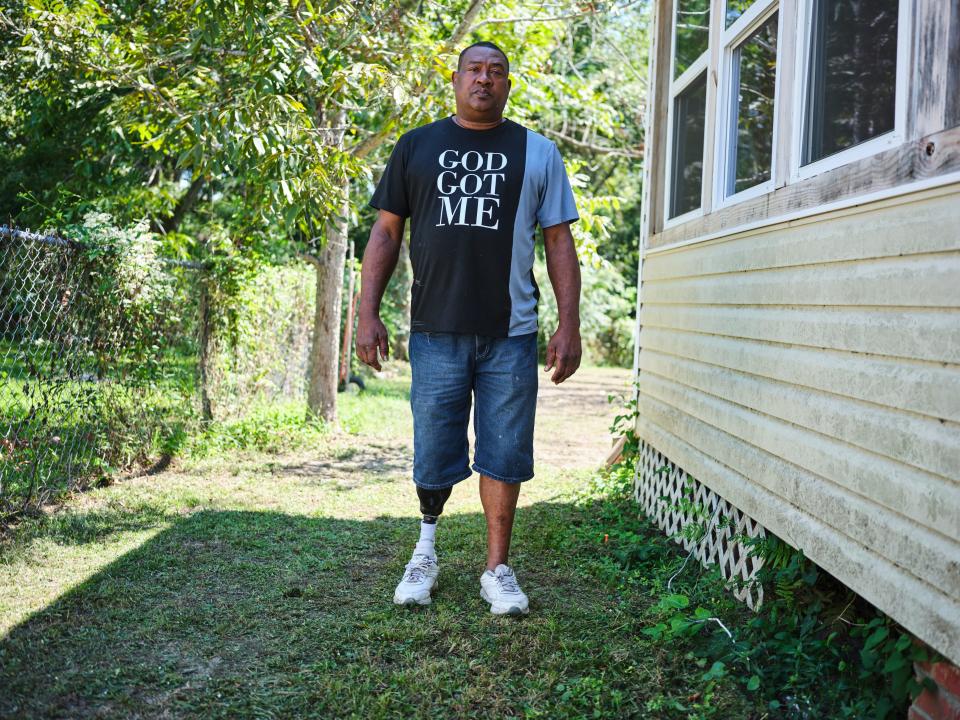
With the leg gone, his diabetes improved. His blood sugar dropped into the 120s or one-teens. His blurry vision cleared up.
During his long hospital stay, he befriended nurses and learned about a program for people who needed prostheses. The man who ran it called early in the year and said he had received a donated leg. If it fit Haynes, he could have it while waiting for insurance to pay for a personalized one. Miraculously, it did.
Haynes spent the next six months teaching himself to walk again. The donor leg was heavy and uncomfortable. He wasn't mobile enough to hold down a job.
One late spring night, picking up dinner at a nearby restaurant, he headed to the bathroom for a pit stop. A sink had been leaking all day and Haynes slipped in the puddle, falling backward.
He's still recovering from the resulting wrist surgery.
He and Angela are living – barely – off her part-time salary as a secretary and a church organist.
Haynes has tried "at least three or four times" to receive government assistance, but they keep losing his paperwork, or not believing he's disabled, though he once checked himself out of the hospital and arrived at an appointment in his wheelchair to prove he didn't have a leg.
Still, he clings to his faith and the positive attitude he has long used to cheer up himself and others. These are his secret weapons against diabetes and everything else life throws his way.
"I try to put a smile on other people's faces," he said. "It keeps my day going."
Contributing: Nada Hassanein
This story is part of a reporting fellowship sponsored by the Association of Health Care Journalists and supported by the Commonwealth Fund.
Contact Karen Weintraub at kweintraub@usatoday.com and Adrianna Rodriguez at adrodriguez@usatoday.com.
Health and patient safety coverage at USA TODAY is made possible in part by a grant from the Masimo Foundation for Ethics, Innovation and Competition in Healthcare. The Masimo Foundation does not provide editorial input.
This article originally appeared on USA TODAY: If Type 2 diabetes is preventable, why is problem only getting worse?

